Creative Thinking Class Reflections: Building with Paper Clips and Straws
“Me b3arif!” [I don’t know] Seja, a 9 year old girl from Asker refugee camp, exclaimed to me as the children began their pre-assessment activity. Each child had 10 minutes to construct a building from the pile of green straws and metal paper clips on the table in front of them. Some of them dove right into the challenge while others stared dumbfounded at the materials. They laughed a little and then gave me faces as if to say, “Really, really? You really want me to do this?” The thought that these materials could make a structure had never crossed their mind. After a few moments of hesitation, they were all in. I had instructed my volunteers ahead of time not to help the children complete the activity or to give them hints. I wanted my students to think creatively about how to combine these materials for themselves. At the end of the ten minute period we had many successes.

Although six of the children had not successfully built a structure, they had participated in the activity for the entire ten minute period; they hadn’t given up, and for that I was very proud of them. Six other students successfully built structures that lay flat on the table; these students had bent the paper clips and connected them with the straws. They explained how they had built houses, towers, and even a railroad out of these supplies. Two more children had even made three-dimensional towers that stood up on the desks. They had unfolded the paper clips and used them to enclose the straws into bundles. I was also surprised when a few students asked if they could use scissors and tape to complete the activity; their questions showed me that they were thinking of other creative ways to connect the supplies.
This activity, similar to many of the activities that my volunteers and I will lead my students through in the coming weeks, challenges the students to use their creativity to come up with a solution to a problem. There is never only one right answer. Developing this skill to think critically is difficult in the United States, but is even more difficult within the Palestinian context. This is mostly because the Palestinian education system, unlike the American system, does not teach this skill and instead emphasizes rote memorization. For example, all students must take their “towjehii” exam during their final year of high school. Whether or not they pass it and what score they receive on it determines if they will graduate and what profession they are eligible to pursue. To prepare for this exam, students spend the entire year leading up to it memorizing key facts, dates, and pieces of information that they will regurgitate on the exam.
Even though critical thinking is harder to grasp within this context, I believe that it is even that much more important that the populations that TYO serve are able to think creatively. Critical thinking is a skill that will help these children for the rest of their lives. In the future, if they graduate from high school and want to pursue higher education programs and advanced careers, it is imperative that they are able to think analytically. Not only is the skill valuable for the future, but it is also useful in the present. Given that all of the children in my class are refugees and/or live in very impoverished neighborhoods, they are constantly faced with obstacles that other children their age do not face. I hope that skills gained in my class will enable the children to overcome some of these challenges, to advocate for themselves, and to secure a better future.
-Clare
Clare Herceg is currently a TYO Fellow as a recipient of the Princeton Class of 1956-81 International ReachOut Fellowship.





